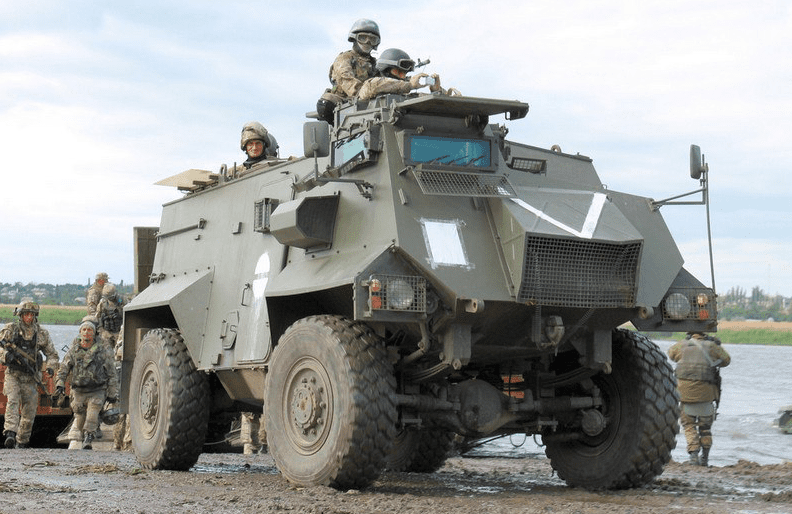- Reaction score
- 11,929
- Points
- 1,160
We need the Army PRes to know what it's mission is before we start dreaming about buying them LAVs and BV206s.
Agreed.
The point though is that I, personally, see a role for the Army PRes (aka The Militia) in service of the domestic community that would benefit both the domestic and military communities by having it equipped with, and operating, vehicles like LAVs and Bv206s.
Just like the Air Force benefits from its Air Reserve in operating and maintaining its vehicles and provides much needed service domestically when it isn't being required overseas.
Just like the Navy benefits from its Navy Reserve in operating and maintaining its vehicles and provides much needed service domestically when it isn't being required overseas.
The problem is that many nations find benefit in the Militia/Home Guard/National Guard as both a reserve warfighting capability and as a community emergency response capability.
The Canadian Army is single-mindedly focused on its war fighting capability. And I am glad it is. But National Defence needs a broader purview. It can benefit from a well regulated Militia/Home Guard/National Guard that supplies service in peace and war.
If the Militia were separated from the Army, but with a porous wall between them, in the same way the Americans have a porous wall between their Guards, Reserves and federal forces, then I believe that would be beneficial.
With respect to the perennial budget squabbles I continue to believe that it would be defensible to have the Army keep its existing budget while having a new budget created for the Militia as a National Emergency Force. And yes ropes and ladders would be involved but so would rifles, radios, guns and trucks. Many of which could also be put at the service of the regular Canadian Army.
I know that a lot of people on both sides of the divide don't like this prescription. But I haven't heard of any prescription that doesn't cause somebody, somewhere to gag. At the end both parties, whatever the final solution, are just going to have to choke it down and soldier on.







